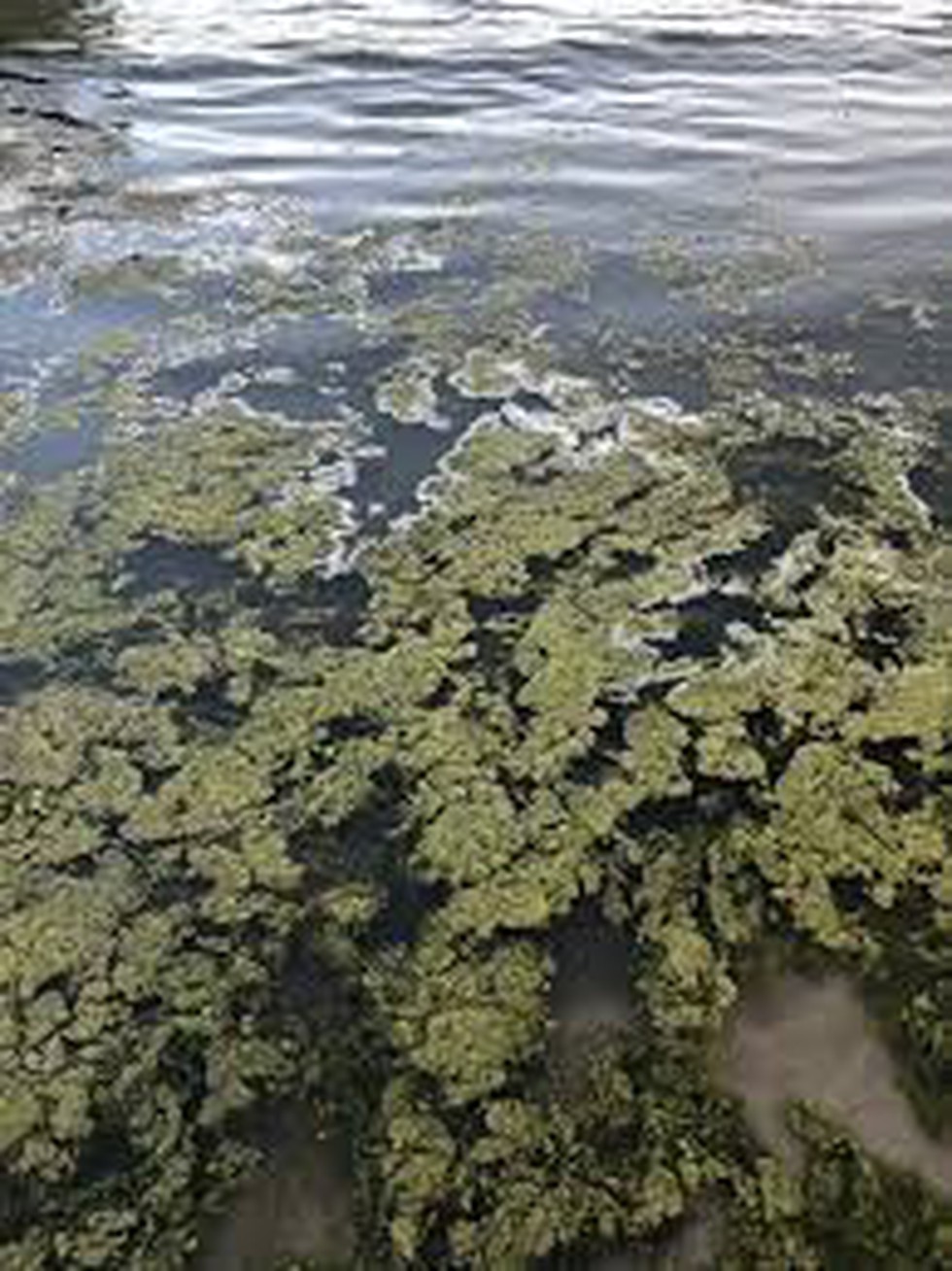About Prymnesium parvum:
- It is a microscopic, single-celled alga with four morphologically distinct forms.
- Three of the forms are scaled, bi-flagellated, and have a flexible, non-coiling, needle-like filament called a haptonema and the fourth form is a scaled, non-motile, siliceous cyst.
- It inhabits a variety of water bodies including rivers, lakes, estuaries, fjords, coastal oceans, and ponds, including eutrophic, alkaline, and brackish waters.
- It can reproduce rapidly and form a nearly monocultural bloom by releasing toxins into the water that immobilize or kill zooplankton and other phytoplankton to increase available food sources.
- It can survive in a range of water temperatures, from 5°C to 35°C, with blooms increasing between 10°C to 27°C.
- It is mixotrophic, supporting its growth with autotrophy (photosynthesis) or heterotrophy if nutrients are scarce.
Key facts about River Oder
- It originates in the Czech Republic and flows through western Poland.
- It constitutes the boundary between Poland and Germany before reaching the Baltic Sea via a lagoon north of the Polish city of Szczecin.
